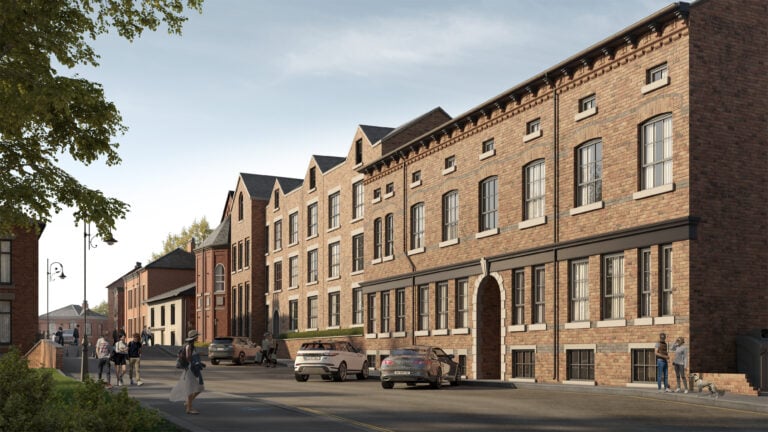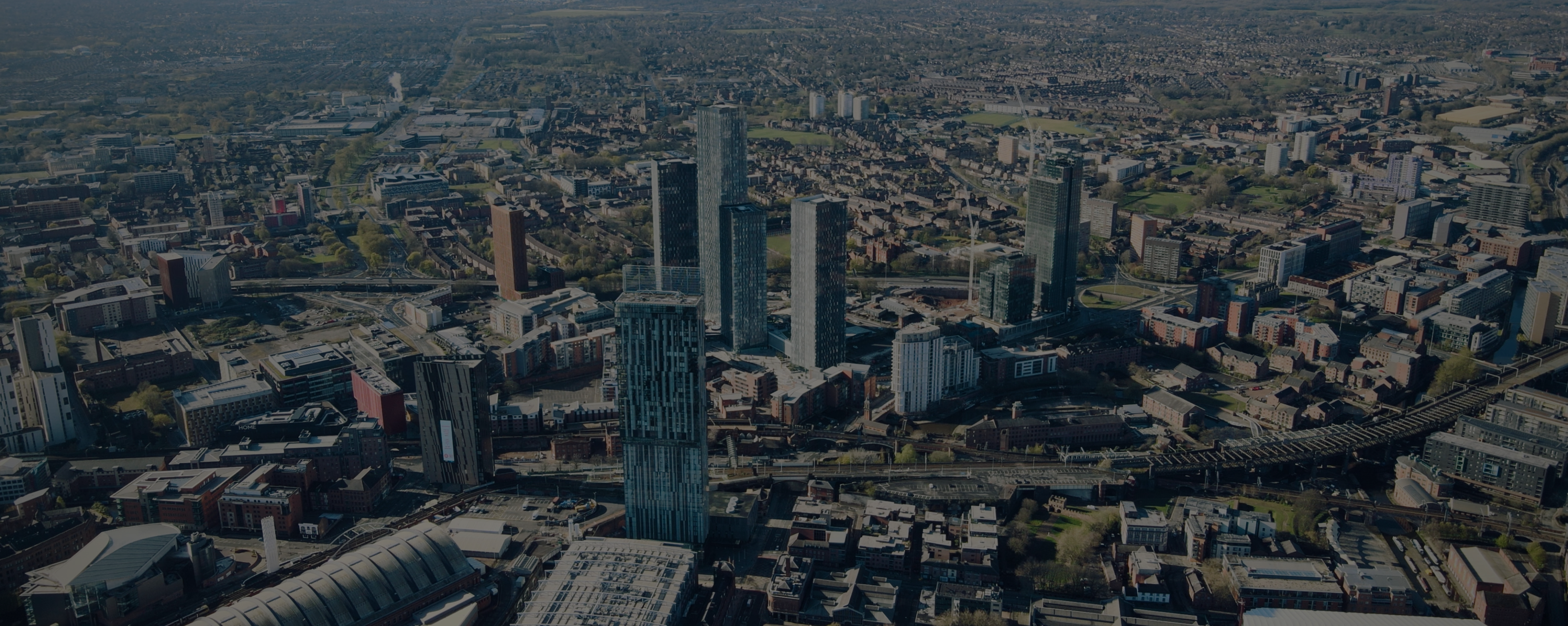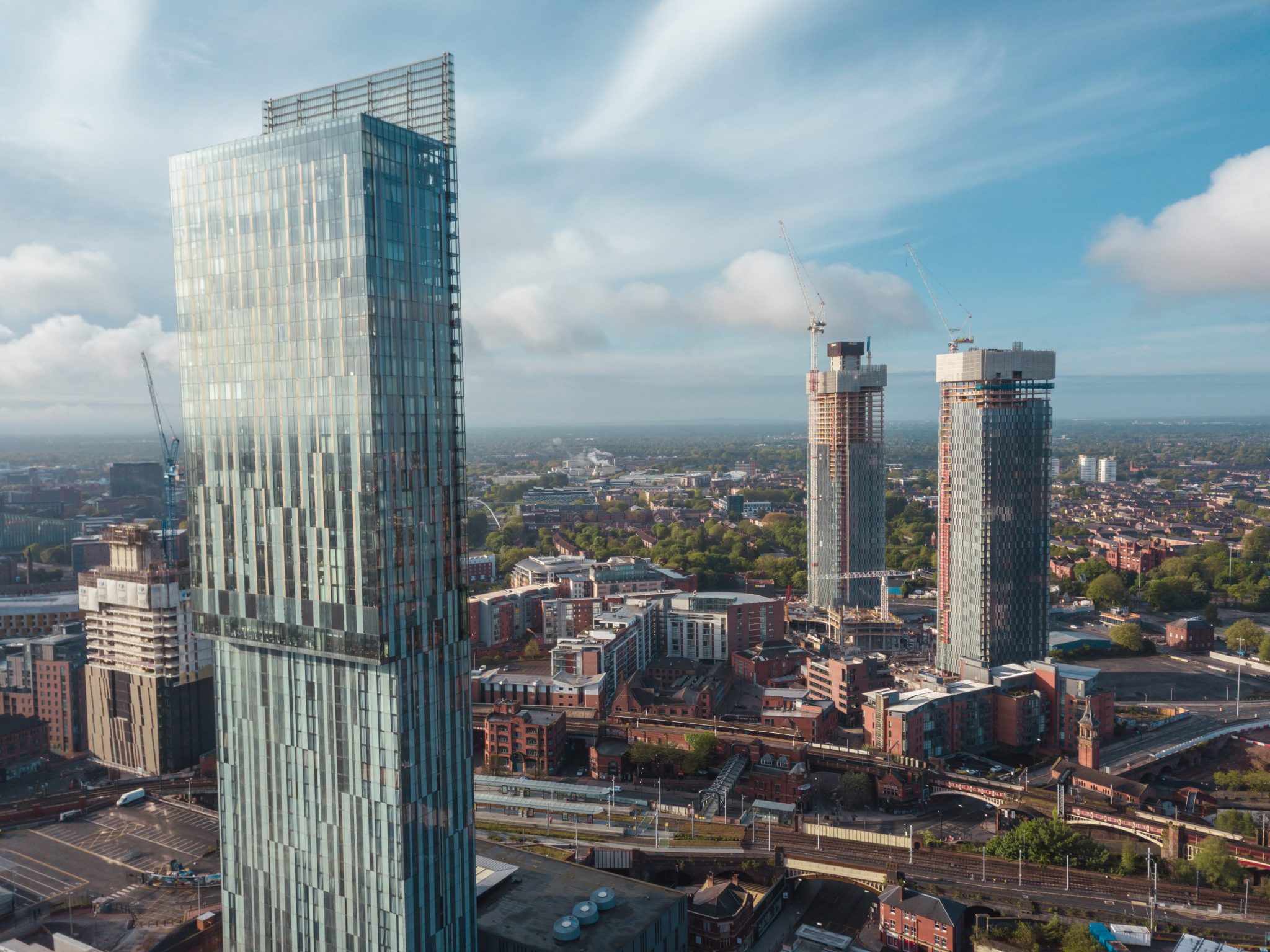The top reason that people choose to become buy-to-let landlords is to bolster their retirement fund, with the fundamentals of the UK rental market remaining extremely strong.
With rental yields for landlords continuing to rise across much of the UK – and particularly in the North West and the North East – many investors are making a steady monthly income from their rental properties.
Added to this the fact that UK house prices continue to climb, with values expected to be boosted by an average 23.4% between 2024 and 2029, there is plenty of scope for strong capital appreciation for those who are looking to sell their investment property upon retirement.
For 42% of today’s landlords, that is the top reason they have chosen to invest in UK property in the first place, according to the latest English Private Landlord Survey commissioned by the Ministry of Housing, Communities and Local Government (MHCLG).
Meanwhile, 56% said they viewed their role as a landlord as “a long-term investment to contribute to their pension”, indicating that instant returns were less important than the overall goal of accumulating property wealth over a longer time frame.
It seems that, thanks to rising rental yields, the monthly rental returns are currently a bigger focus for investors than the future sale price, as 48% pointed to this as a priority, compared with 27% who valued capital growth. In the UK, as mentioned above, this could explain the increase in interest for property across the north of England, where yields tend to be higher.
What about accidental landlords?
So-called ‘accidental’ landlords are those that found themselves with a property to rent out without having originally intended to do so.
This might happen if a property is inherited, for example, or if the owner decides to relocate but wants to keep hold of their property as a back-up plan, or as an option to return to in the future.
In the survey, while just over half of respondents said they had bought their first rental property with the intention of letting it out, just over a third (37%) said they had bought it to live in themselves. A further 6% had acquired their first rental property through inheritance.
How much are landlords making?
The survey looked at the employment statuses of rental property owners, and found that the highest proportion (36%) were currently retired, followed by 29% who were employed full time and 11% who were employed part-time.
This shows how, for some landlords, rental income can be extremely important as a supplement to either an employed income or a pension pot; while for others, such as those who work full-time, it may be more of a side-line or an investment for the future as the value rises.
Over the past 12 months, the median gross rental income for buy-to-let landlords was £19,200. This was up from £15,000 in 2018, and from £17,520 in 2021.
However, total income varied greatly, and a big factor at play here is the number of properties being let out, as well as location. Around half of landlords (51%) were bringing in rental income of less than £20,000, while 17% were making £50,000 or more.
Mortgaged or cash owner?
Particularly since interest rates increased from 2022, the amount of borrowing and the rate a landlord is on can have a big impact on the level of net income. Over the past couple of years, more investors have bought in cash as it not only tends to secure a discount on the property price, but saves money over the longer term in interest payments.
According to the survey, 41% of landlords surveyed had no borrowing on any of their properties. Just less than a third (30%) had a mortgage on one property, while the same amount (30%) had mortgages on more than one property.
As with the mainstream mortgage market, landlords were most likely to opt for a fixed rate buy-to-let mortgage, with 69% choosing a fixed product. Meanwhile, 16% had a flexible rate, while 15% had a mixture of the two across multiple properties.
Keep up to date with the latest UK property news and trends here.










